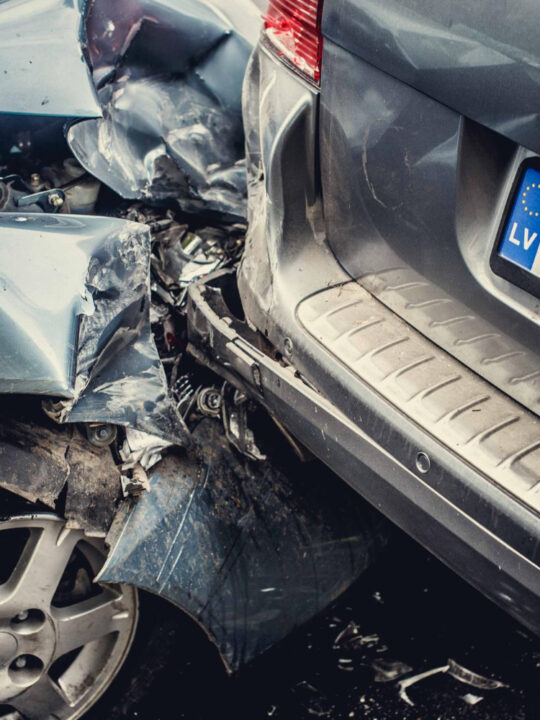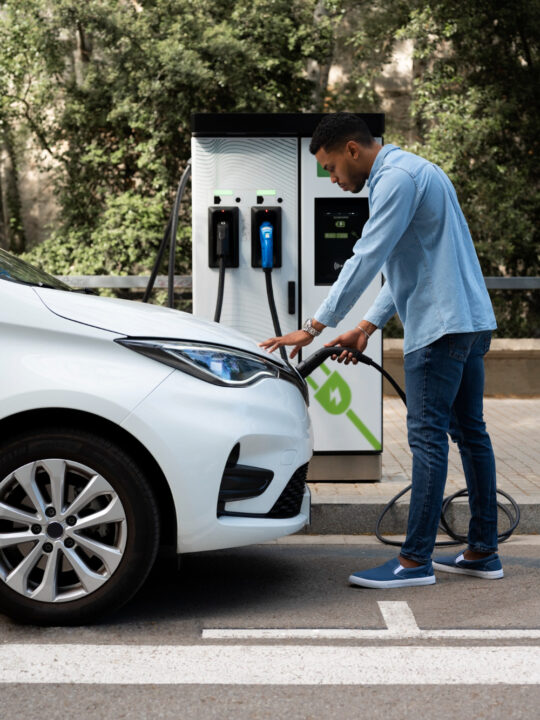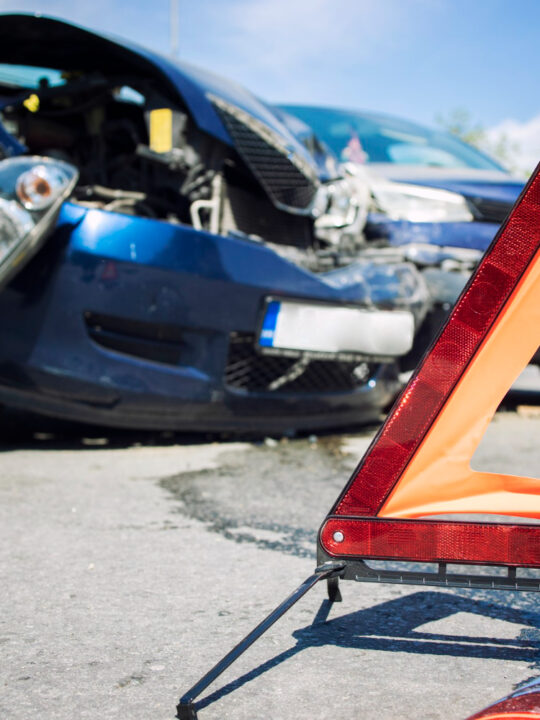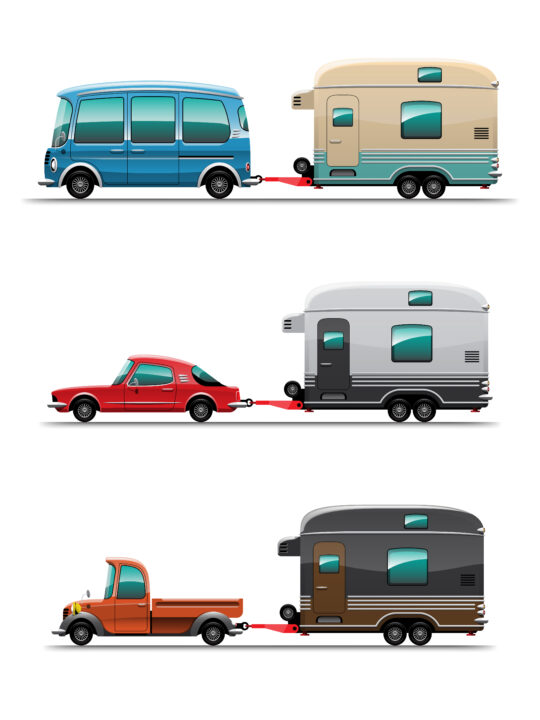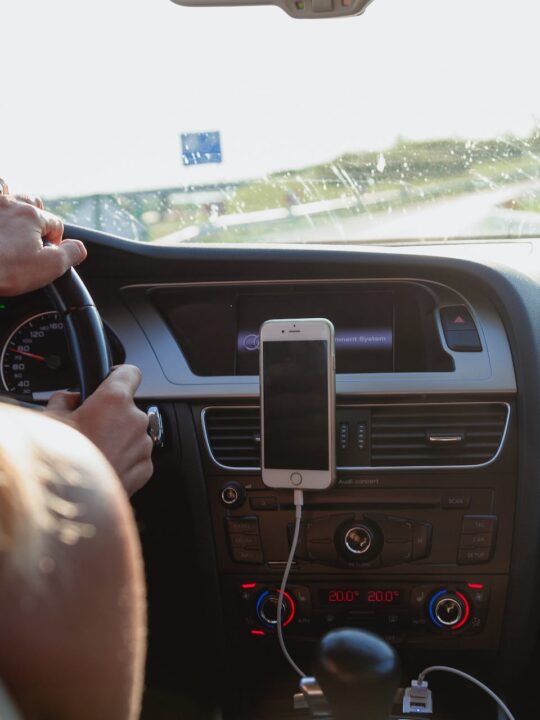 There are many things to consider when shipping a car, from when it’s picked up to when it’s delivered. But knowing what documents you need to prepare your vehicle for shipment can make the whole process easier and faster.
There are many things to consider when shipping a car, from when it’s picked up to when it’s delivered. But knowing what documents you need to prepare your vehicle for shipment can make the whole process easier and faster.
The first document you’ll need is a Bill of Lading. It is a bill that states the condition of your vehicle at pickup and delivery.
Table of Contents
Bill of Lading
Here is what to expect when shipping a car: A Bill of Lading is a crucial document to have. It is a dispatch report, receipt, inspection report, terms and conditions, and everything at once!
The transporter should issue a BOL before a vehicle leaves its origin. The document can be used to prove that a shipment has been completed or to make a claim for damage, delay, or loss.
It should be signed by both the driver and the shipper. A BOL is considered official with both signatures, and insurance companies may need clarification on its authenticity.
It should include the company name, business address, carrier’s ID number, valid contact numbers, and driver’s details. It should also have the date and time of delivery and a description of the goods.
Title and Registration
A title is a document that proves you own the car. It also includes identifying information about the vehicle, such as its make, model, and VIN.
Registration is a document that shows you have registered your vehicle and paid any taxes or fees to the state. It also indicates the vehicle’s license plate number and proves the car is roadworthy.
The title and registration of a vehicle are essential because they can help you get a loan or sell the car if necessary. They also show you the names of owners and lienholders.
Insurance Documents
Insurance documents are essential to you and the shipping company when you ship your car. They confirm the terms and conditions of your policy, ensure your coverage is correct, and provide a reference point in case you need to file a claim.
Depending on your insurance type, these documents may include a Declarations Page, a policy form, and endorsements. It’s a good idea to review each of these carefully to ensure you have the coverage you need and that the terms are correct.
The Declarations Page is typically the first page of your policy and spells out the coverages, exclusions, rules, and procedures you and your insurer agree to follow. It also lists your premium amount and deductible.
Photo Identification
One of the essential documents you’ll need is a photo ID. A driver’s license, state-issued photo ID, or passport are all valid options.
The proper ID can make a big difference in getting your car to its destination safely and securely. Talk to your local ISG dealer about how a sound ID system can help protect your investment.
In addition to the actual camera, a high-quality ID camera has excellent features like zoom and flash, auto-centering, and auto-cropping. These are all critical to getting the most out of your system.
A sound ID system will also sync with other systems that need people and card data, such as access control, time & attendance, door access, and others. Be sure to choose a plan to meet your unique requirements and integrate with your current systems. It will save you money and improve security.
